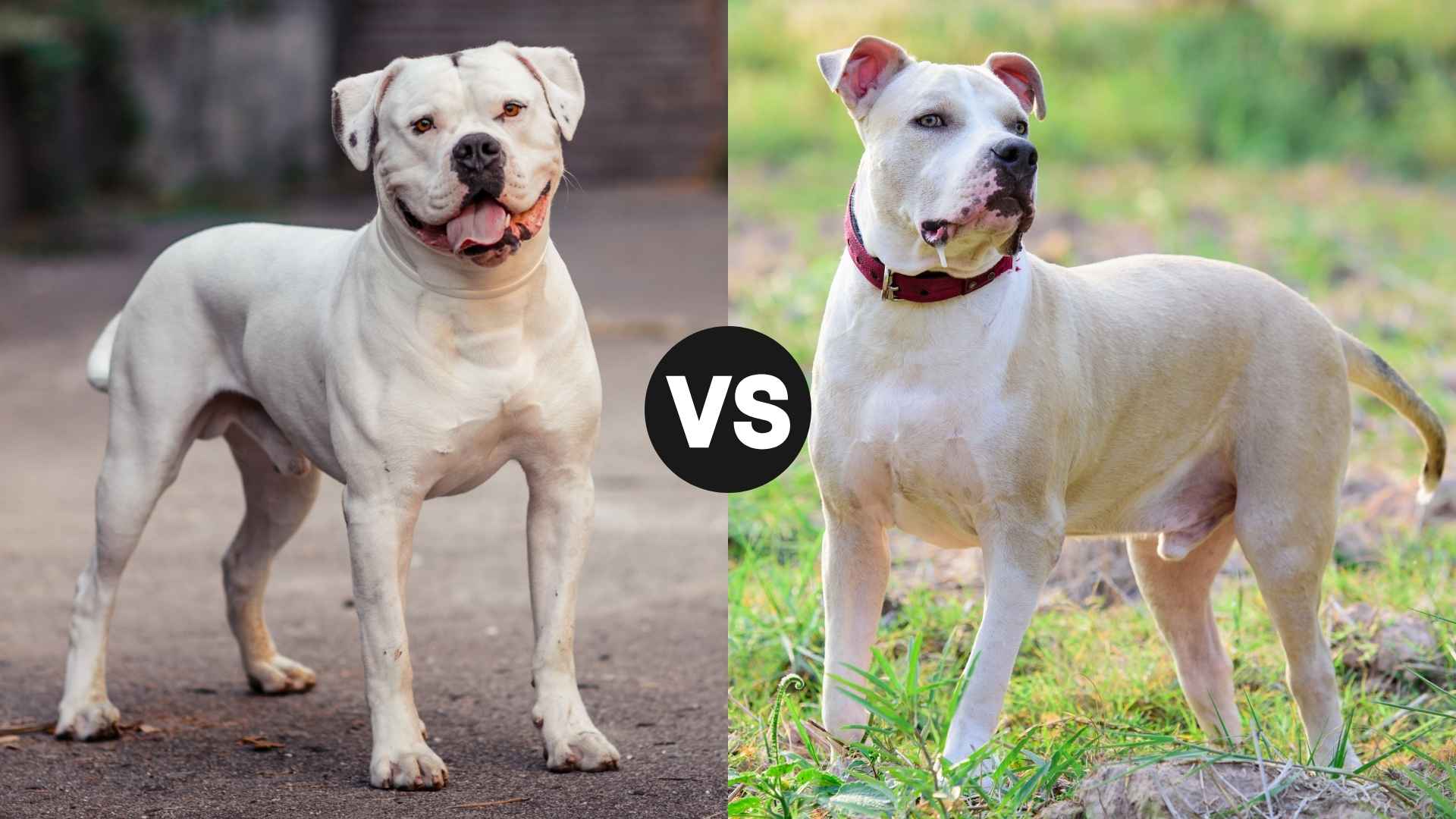While many dog breeds share some similarities, American bulldog and American Pitbull terrier are like twins- too hard to tell apart. With similar physical traits and features, no wonder these breeds are always in comparison.
Pitbull is an umbrella term used for several Pit-type or Bully breeds. So, is an American Bulldog a Pitbull? All these confusions will make sense, as this article will help clarify all of them!
The key differences between the two breeds lie in their size, build, and temperament. If you want to bring a Bulldog or Pit bull into your home, but are unsure which one is ideal for your home, have a look at how these dog breeds differ from each other and pick the best one for your family!
American Bulldog vs. American Pitbull Terrier
American bulldogs are the descendants of the English bulldogs. They were brought to the United States with English immigrants who came to America after World War II. The breed was recognized by the American Kennel Club (AKC) in 2019.
American Pit Bull Terriers are the hybrids resulting from a cross between the strong Bulldogs and agile Terriers. Pit bulls are quite popular for their courage and athleticism.
Although the American Dog Breeders Association has recognized the breed, the AKC does not recognize Pit bulls, just like other mixed breeds.
Physical Appearance: Key Visual Differences
Height and Weight
At first glance, both American bulldogs and Pitbulls look the same. However, American Pitbull Terriers are smaller in size as compared to the American bulldogs.
Male American Pit bulls stand 18 to 21 inches tall, the size of a carry-on suitcase. Female APBTs can reach a height of 17 to 20 inches. On the other hand, American bulldogs have a height of 20 to 27 inches, whereas the females stand 20 to 24 inches at the shoulder.
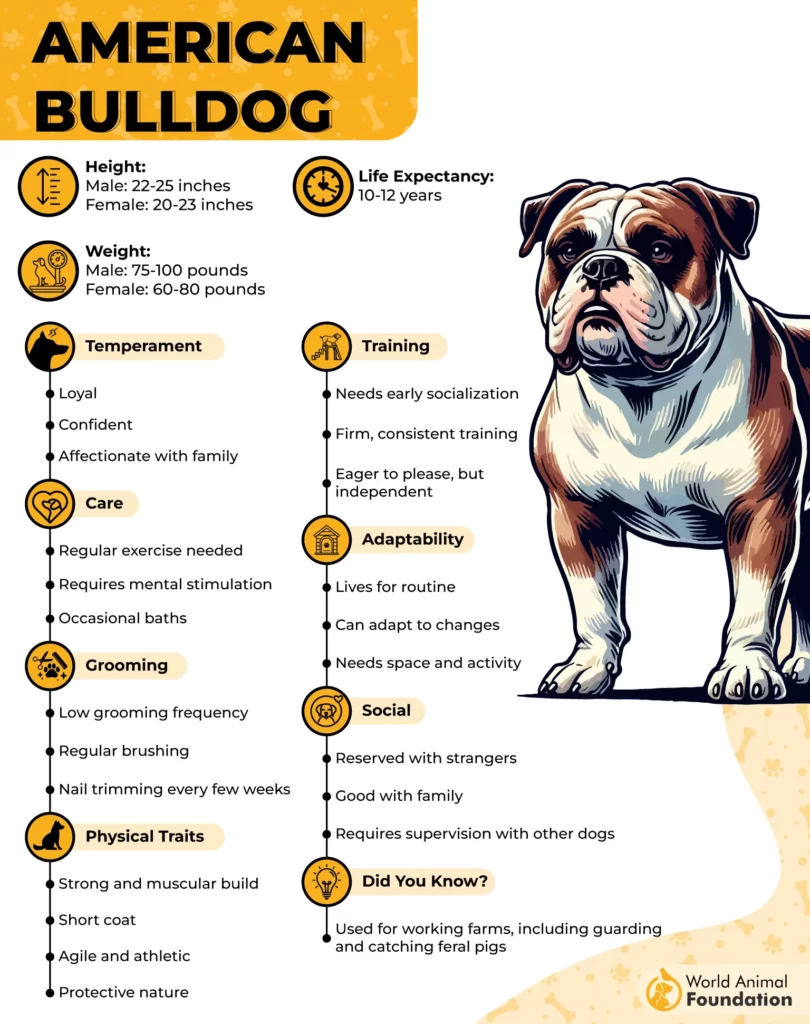
Male bulldogs are heavier- they weigh around 60 to 110 pounds, while females weigh around 50 to 80 pounds. Pit bull males have a weight of 35 to 60 pounds, whereas females weigh around 30 to 50 pounds.
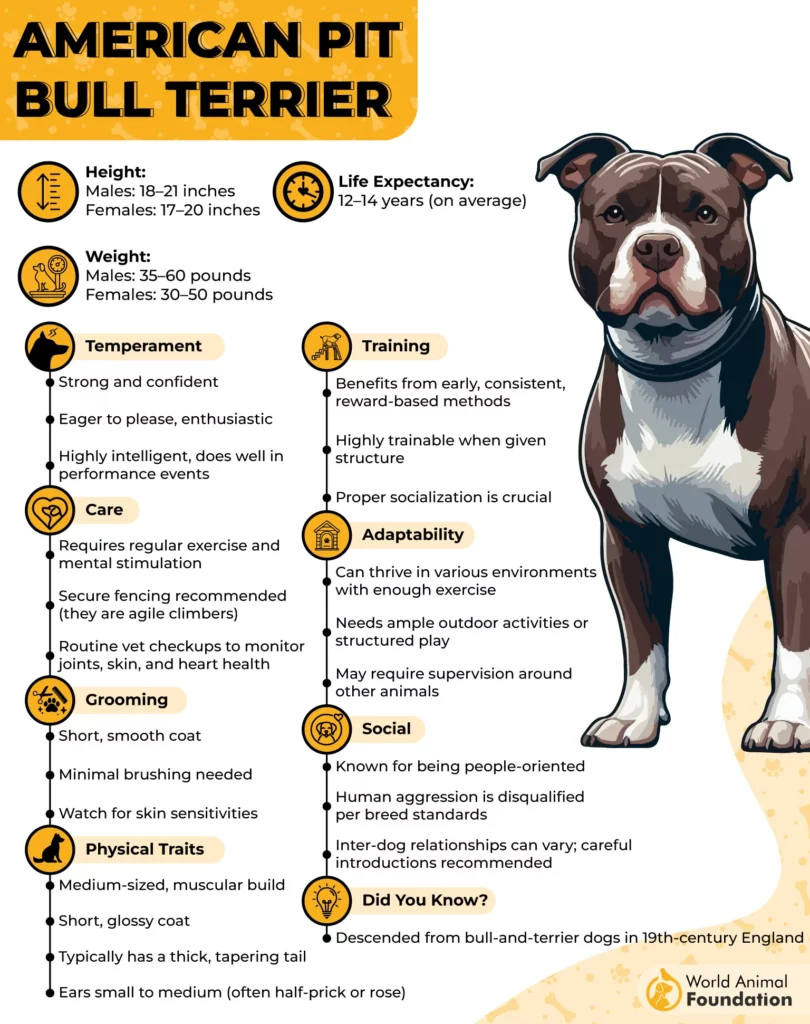
Facial Features
Another noticeable difference between American bulldogs vs. Pitbulls is in their faces. Bulldogs have large square faces. They have a broad muzzle and a slight underbite. Pit bulls have rounded faces, wide jaws, and noses slightly tapered upwards. They have half-erect or folded-back ears.
Bulldogs, on the contrary, have ‘rose ears’ folded backwards. They are the wrinkly dogs, which means that the most distinguishable feature on the face of bulldogs is the wrinkles on their cheeks and around their mouth. Pit bulls do not have any wrinkles on their face.
Temperament and Personality Traits
Both American bulldogs and Pitbulls are aggressive and wary of other dogs. They have a natural instinct to catch smaller animals and hold on to them. So, if you have a cat or another small pet, you need to supervise playtime together.
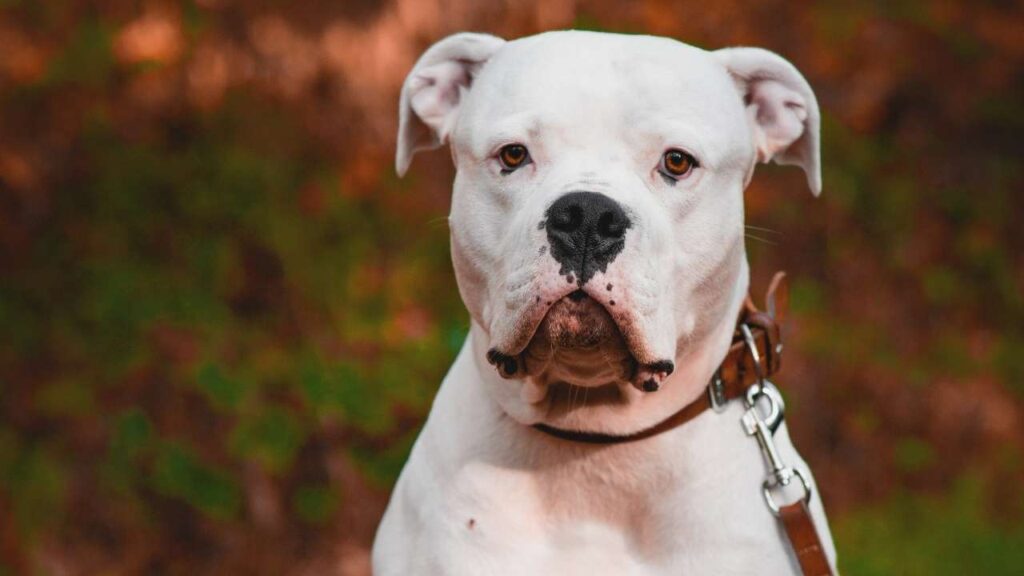
Bulldogs were bred as farm dogs; they needed strength and protective instincts. They get along well with children, especially around they have been around since puppyhood. Proper socialization and training can help them behave well. Bulldogs are energetic, loyal, and eager to please.
However, Pit bulls were specifically bred to have courage and aggression to fight against large animals like bears and bulls. Among 4.7 million annual dog bite cases, pit bulls are responsible for 60% of the attacks, says DogsBite.org.
However, not everyone agrees with this aggression narrative. The American Temperament Testing Society debunked the misconceptions regarding Pit bull aggression. They subjected different dog breeds to a dog obstacle course, such as a walk in a park with twists and turns.
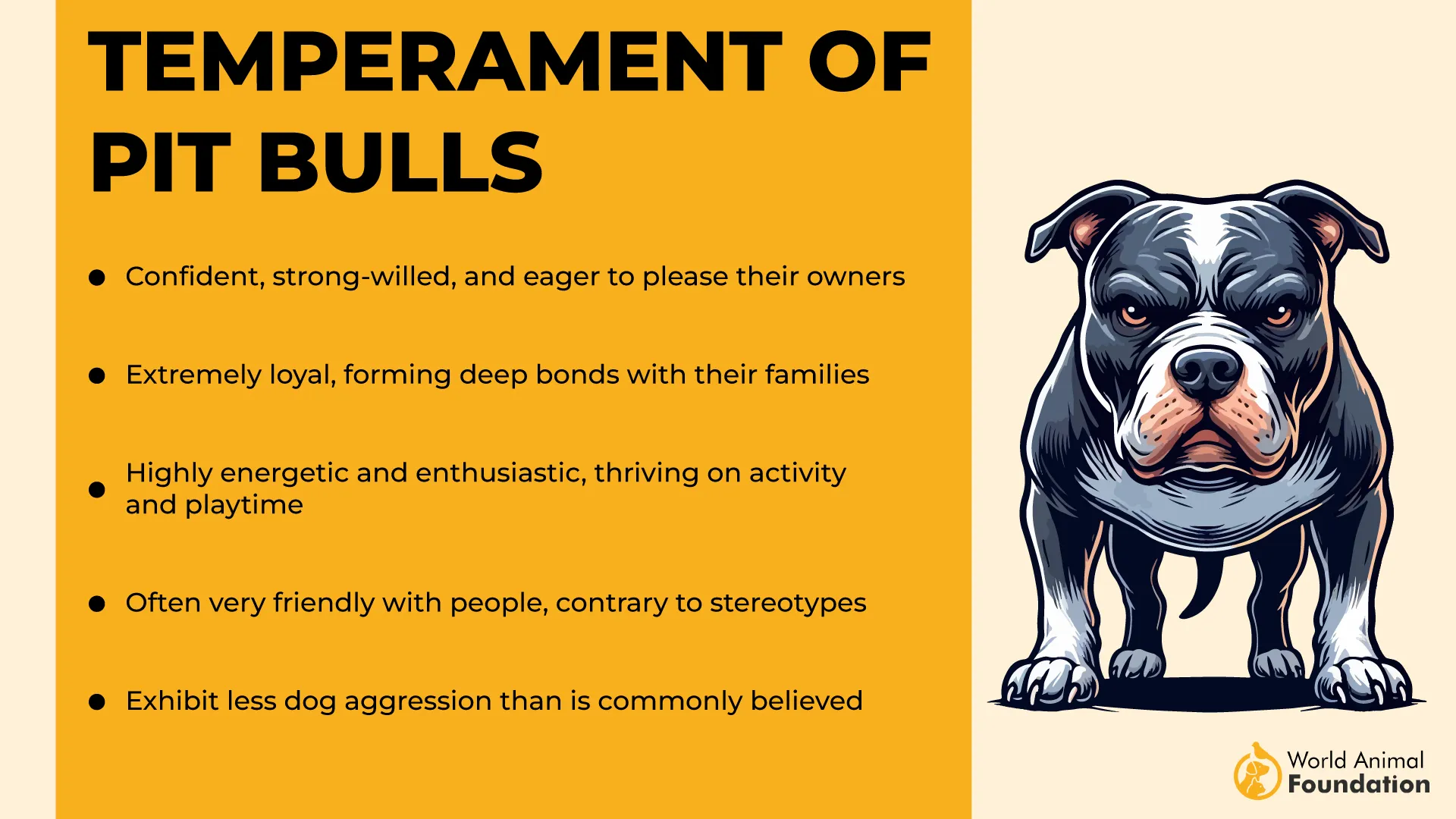
The test’s aim was to see a dog’s friendliness, aggression, stability, and shyness. Around 86% of pit bulls passed this test, indicating that they are not aggressive. But, Pit bulls have a high prey drive. However, just like bulldogs, early socialization and training at an early age help pit bulls behave well.
Trainability and Behavioral Guidance
American bulldogs are intelligent dogs. They can easily learn new things and adapt to new environments. They love exploring and figuring out things on their own. For instance, your bulldog might be interested in discovering how you open a latch on a gate alone.
They are a great fit for search and rescue operations and are blessed with excellent problem-solving skills. However, it means that you need extra patience to train them. Bulldogs need obedience training to direct their energy and avoid behavioral patterns.
American Pitbulls, on the contrary, are highly trainable. They are always eager to learn new tricks and impress their owners.
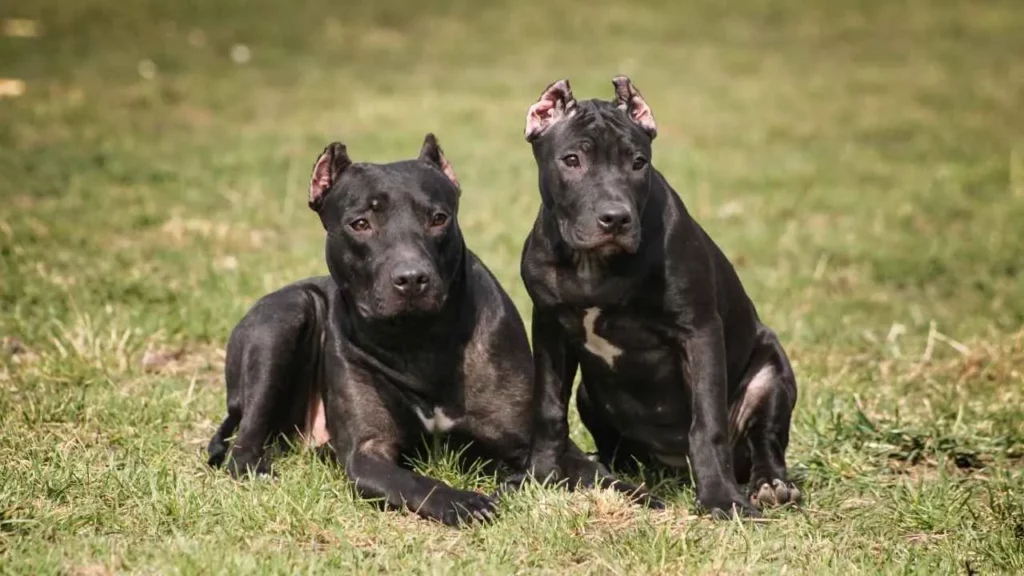
They are not as smart as Bulldogs, but their willingness to learn contributes to their high trainability, especially when it comes to obedience training. Positive reinforcement works wonders. Pit bulls are loyal dogs that form deep connections with their owners.
Health Considerations and General Care
The American bulldog is a healthy breed, but it is important to schedule regular vet exams. Follow preventative care to avoid health issues in the future. They are vulnerable to joint problems such as elbow and hip dysplasia, skin allergies, and other problems with their skin folds.
Bull dog population is more susceptible to genetic problems such as degenerative myelopathy.
Just like American Bulldogs, Pitbulls are also susceptible to various health issues. According to PetMD, they can experience skin allergies, hip dysplasia, cataracts, and obesity. Pit bulls are popular among backyard breeders, so thoroughly research the breeders before making a final decision.

Taking your pit bull to the vet for preventative care and identifying potential health issues is important.
Grooming Needs and Maintenance
Both American bulldogs and pit bulls are low-maintenance breeds. Both breeds have short coats that are easier to maintain. Bull dogs do not require baths unless they get dirty while playing outside. Inspect and clean their skin folds to avoid infections. Trim nails and clean their ears regularly.
Similarly, pit bulls also do not require frequent bathing or brushing. Clean your pit bull’s ears and nails every few weeks.
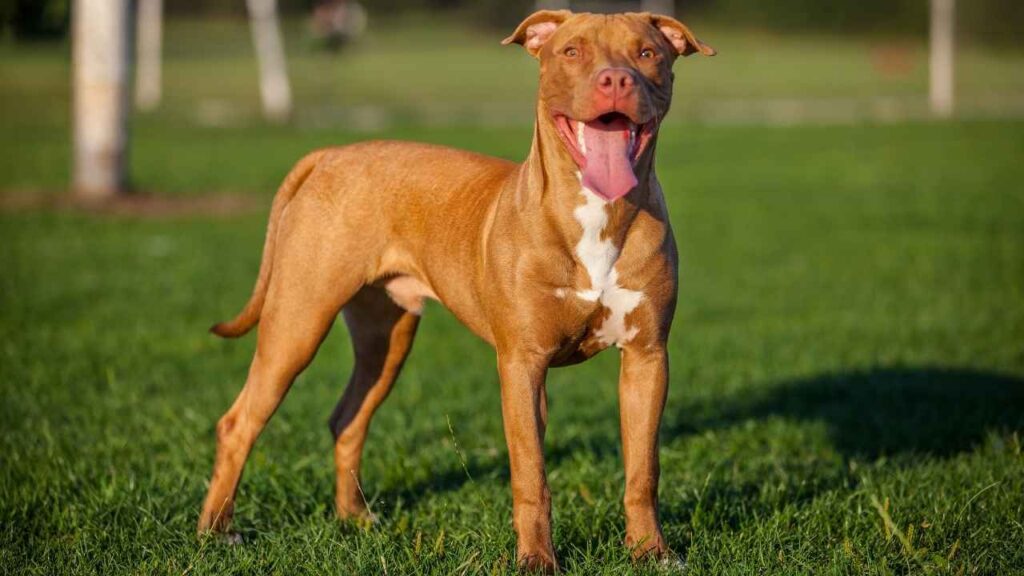
American bulldogs and pit bulls were both bred for performing physically demanding tasks, one for herding livestock and the other for fighting. This is the reason, both are high-energy breeds that require extensive exercise. As a result of underactivity, both can exhibit destructive behaviors. American bulldogs and Pit bull terriers need more than 2 hours of exercise daily.
Best Fit: Which Breeds Suit Your Lifestyle
Bull dogs and pit bulls, both are versatile and can adapt to various environments such as on a farm, in an active household, or as a competitor in canine sports. While choosing the right breed, consider the following factors:
Lifestyle: Pit bulls are a perfect fit for individuals who love adventures and hikes.
Size: American bulldogs are larger in size and might not be suitable for smaller spaces like apartments. If you live in a home with a yard, you can adopt a bulldog.
Family Members: If you have smaller children at home, you should prefer bulldogs as they are gentle and good-natured. However, do not leave them unsupervised around children.
Purpose: The final choice also depends on your purpose of having a dog. For instance, if you are looking for an excellent guard dog, go for pit bulls.
Conclusion
American bulldog vs American pit bull terrier, no matter what dog breed you choose, consider early socialization and proper training to make them great family dogs. Take care of their food and exercise needs. Love them and get loved!


